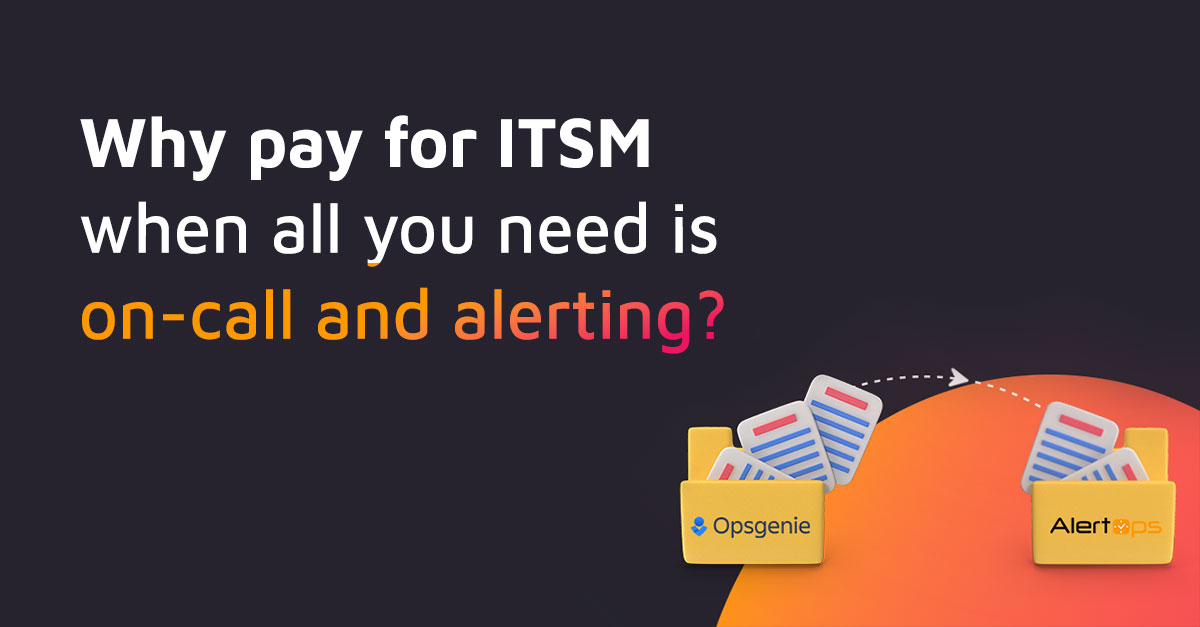Effective IT Infrastructure Management or “IM” is crucial. If your business prioritizes infrastructure management, it is well-equipped to keep its software applications and networks running at peak levels. Plus, your business can avoid downtime, outages, and other costly, time-intensive IT problems that put your operations and stakeholders at risk. How you manage your infrastructure can have far-flung effects on all aspects of your business.
IT Infrastructure Management: What Is It, and Why Is It Important to Your Business?
IT infrastructure refers to all IT components that support your business’ management and access functions for data and information. These components include:
- Data centers
- Data storage and retrieval
- Network systems
- Software
Along with the aforementioned components, IT infrastructure consists of variable elements that ensure all IT functions can perform as expected. These elements include:
- Hiring
- Training
- Policies
- Processes
- Upgrades
- Repairs
It dictates how IT functions are controlled across a business. It defines IT functions and what is necessary to keep them operational.
Benefits of IT Infrastructure Management
Reasons to prioritize IT infrastructure management include:
- Faster response to natural disasters, power outages, and other issues that can affect your IT operations
- Better IT resource allocation and management, leading to lower IT operating costs
- Reduced risk of downtime and outages, resulting in better customer experiences and increased customer loyalty and retention
Your business needs effective IT infrastructure management, so it can avoid technical problems that involve hardware, software and networks in physical and virtual environments. Yet, it can be complex, due to the wide range of IT functions performed at a company. However, you can divide IT functions into categories, which can help you establish an effective infrastructure management strategy.
Categories of Infrastructure Management
There are three categories:
1. Systems
Systems management encompasses the administration of IT assets typically found within a data center. It also emphasizes intrusion detection and prevention, security information and event management and other security-related activities. Workflow automation, configuration management, and log management usually fall under systems management as well.
A business’ system management activities are typically handled by a chief information officer or chief technical officer. In these instances, a CIO or CTO oversees data center operations and manages the integration of new applications and third-party services into a company’s hybrid cloud environments.
2. Networks
Network management involves controlling the security of networks. A company’s network management activities may be handled by IT security and operations analysts who configure networks to applications and services. These analysts may also find ways to optimize the quality and availability of network services are maintained.
Transparency and visibility are key relative to network management. IT security and operations analysts must keep a close eye on a business’ networks, so they can identify cyber attacks in their early stages. In addition, these analysts can perform network security evaluations to uncover ways to help a business improve its security posture and guard against unauthorized network access that can lead to data breaches.
3. Data Storage
Virtualization, storage provisioning, data compression, and other data storage technologies can impact the performance of a business’ IT infrastructure. Since data storage space is limited, a company may use one or more data storage technologies. However, proper management is necessary to ensure critical data remains secure. It also ensures that a business can quickly and easily retrieve information in the event of a data storage system breach or malfunction.
Businesses commonly deploy data compression and automatic storage provisioning as part of their infrastructure management, so they can speed up data processing times and enhance the performance of their data centers. Or, companies can use automation and virtualization to seamlessly reallocate storage resources on an as-needed basis. Other data storage management techniques like data replication can help companies guard against data loss or theft, too.
Infrastructure management can be challenging, but there are industry-proven best practices that can help your company avoid infrastructure issues.
Best Practices
1. Establish an IT Infrastructure Management Strategy
Craft a plan to manage your IT infrastructure. Involve multiple stakeholders in the development of your plan, so you can analyze myriad perspectives and create a comprehensive strategy to manage all aspects of your infrastructure.
2. Standardize Your Strategy
Develop key performance indicators (KPIs) relating to the performance of IT tools, technologies, and systems. Review SLAs and ensure your business has standards in place to meet the needs of its stakeholders. Keep these standards up to date and ensure that they allow you to maximize your infrastructure performance.
3. Document Your Strategy
Create IT infrastructure management processes and protocols and document them accordingly. You can use these processes and protocols to define how all aspects of your infrastructure should be managed. Furthermore, review and update your infrastructure management processes and protocols periodically.
4. Be Consistent
Educate stakeholders about your IT infrastructure management strategy. Remain persistent and continue to search for ways to improve this strategy. That way, your company can watch for infrastructure problems and address these issues before they hamper your IT functions.
The AlertOps platform can help your business track and mitigate infrastructure management issues. Our platform empowers businesses to accelerate incident response and remediation, so companies can avoid downtime, outages, and other IT issues.



